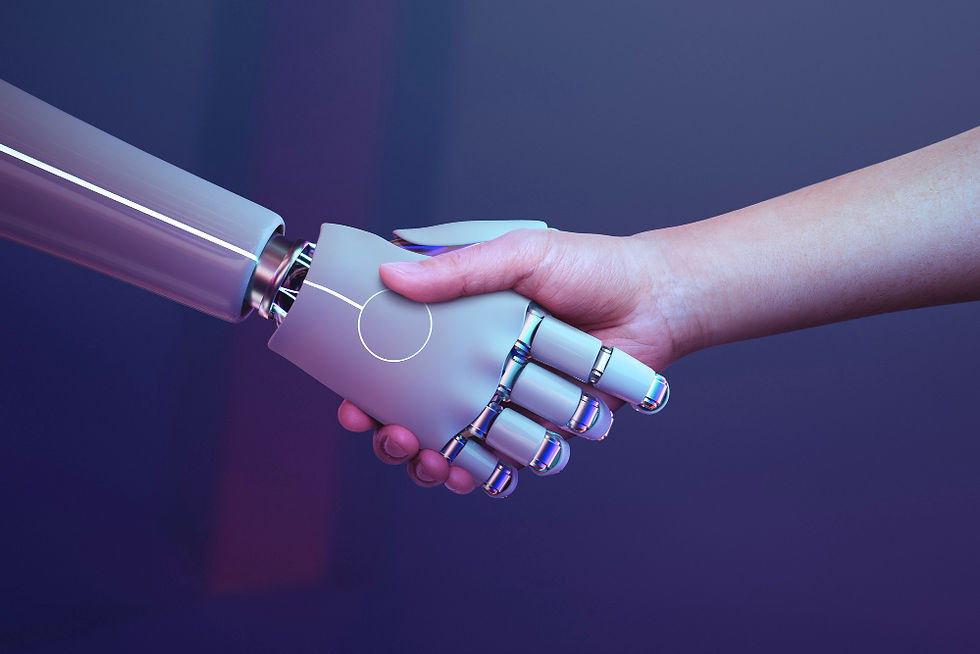Artificial Intelligence (AI) is revolutionizing industries across the globe, and graphic design is no exception. From automated design tools to smart algorithms that understand aesthetics, AI is changing the way we approach and practice design. But what does this mean for designers? Is AI a threat or an opportunity? This article explores the fascinating intersection of AI and graphic design, outlining its current implications and envisioning its future impact.

The Role of AI in Graphic Design Today
Artificial Intelligence is already enhancing the capabilities of graphic design in numerous ways:
Automated Design Tools: AI-powered tools can automate repetitive tasks, freeing up designers to focus on more creative aspects of their projects. For instance, Adobe's Sensei uses AI to automate tasks like cropping images or selecting subjects within a photo.
AI as Creative Partner: AI is evolving from a simple tool to a creative partner. With platforms like Runway ML, designers can collaborate with AI, using it to generate visual elements and spark new creative ideas.
Predictive Design: AI can analyze past designs and user preferences to predict what design elements will work best. This information can guide designers in creating more effective visuals.
Image and Text Recognition: AI technologies like OCR and image recognition are improving, allowing for more sophisticated design capabilities, like creating designs from descriptive text.
Case Studies
The application of AI in graphic design is not a future concept, it's happening now. Let's explore a few examples:
The Grid: The Grid uses AI to automate web design. Based on the content input, the system creates a website layout that it believes will be the most effective.
Canva: Canva uses machine learning algorithms to offer design suggestions to users based on their previous designs and overall trends.
Logojoy: Now known as Looka, uses AI to design logos based on user preferences. It learns from each user interaction to refine its future designs.
The Future Impact of AI on Graphic Design
As AI continues to evolve, its impact on graphic design is expected to grow:
Personalized Design at Scale: With AI, personalized design could be created at a scale impossible to achieve manually. This could revolutionize areas like email marketing, where personalization can significantly increase engagement.
Better Accessibility: AI could democratize design by making it more accessible to non-designers. Automated tools could guide users to create professional-level designs with little to no experience.
New Mediums and Methods: AI could lead to new design mediums and methods, pushing the boundaries of what's considered graphic design.
While AI's role in graphic design is rapidly growing, it's important to remember that it is a tool, not a replacement for human creativity. AI can execute, enhance, and even suggest designs, but the creative vision and strategic thinking that drive effective design come from the human mind. As we continue to explore the capabilities of AI, embracing its potential while understanding its limitations, we're set to usher in an exciting new era of design.

Comments